Home Composting - 101 Guide
Not glamorous or Instagram-able, but effective & eco-friendly, home composting is something you should consider.
Sure decaying organic material isn't a topic everyone wants to dive into, but when your local garden club is begging for a tour, you'll be glad you read this post & took my advice.
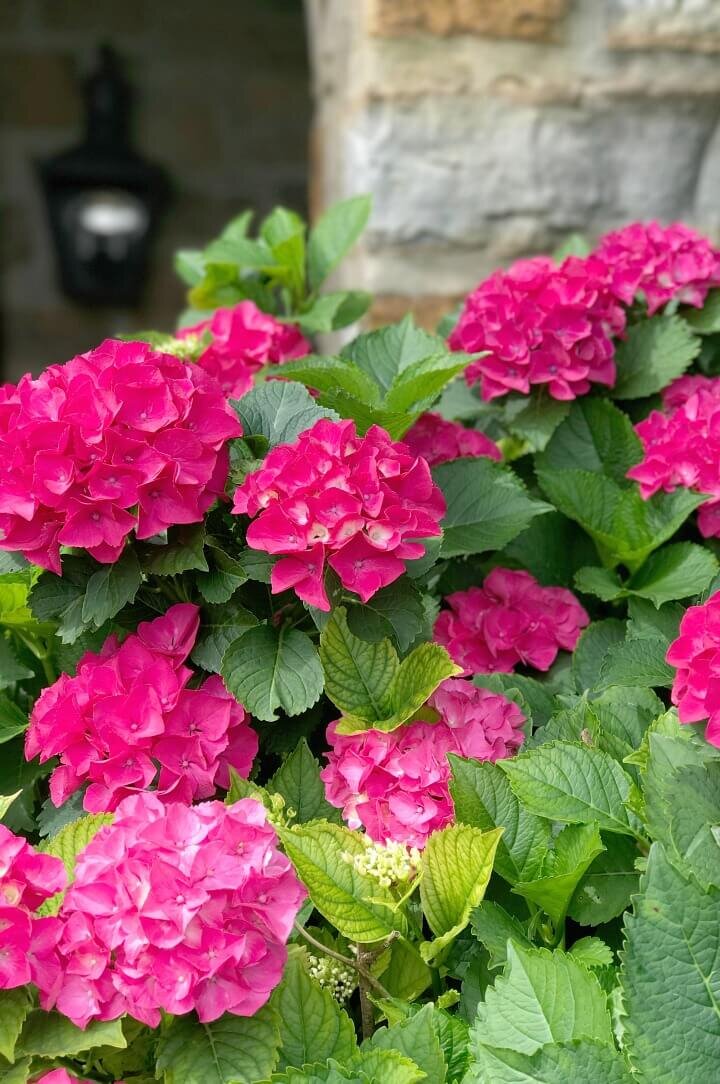
Maybe you have thought about all the benefits of composting, but got scared off by those botanical name dropping gardeners, who want to make it seem complicated. They just want to be the ones booked for a garden tour!
Truth is ... composting is a cinch. You just need to know a few basics and have a little patience.
Ok, let's do it - let's dive in to the world of home composting!
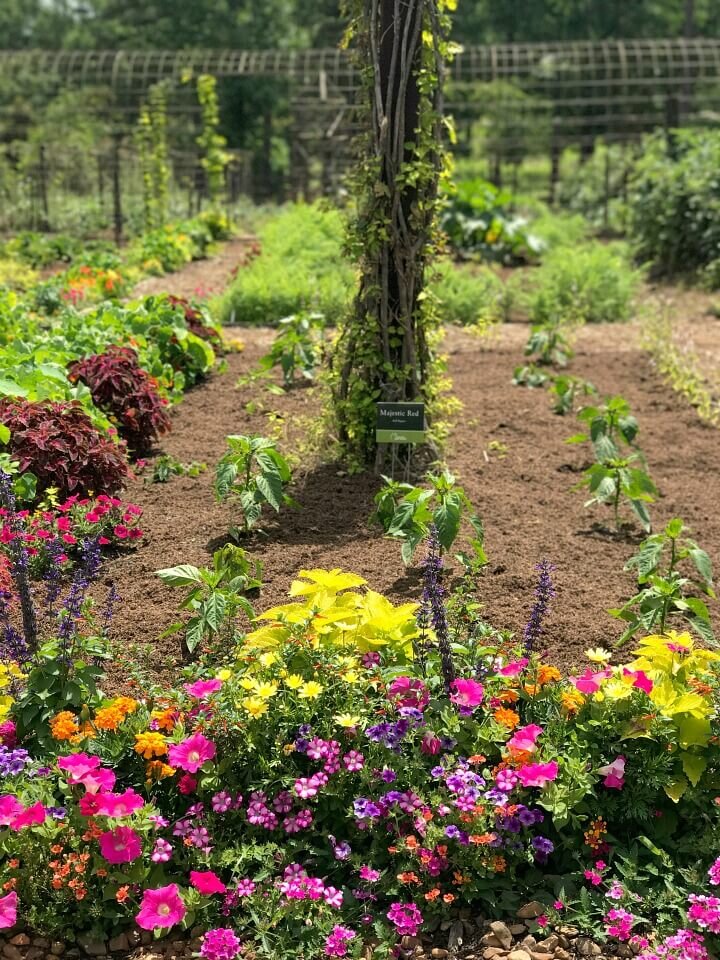
What is Composting
In short composting is the breaking down of organic matter.
Composting is nature's way of recycling organic material back into the soil in order for the cycle of life to continue. It happens on the forest floor, in meadows and other natural environments. It can also happen in your yard with a just a bit of assistance from you.
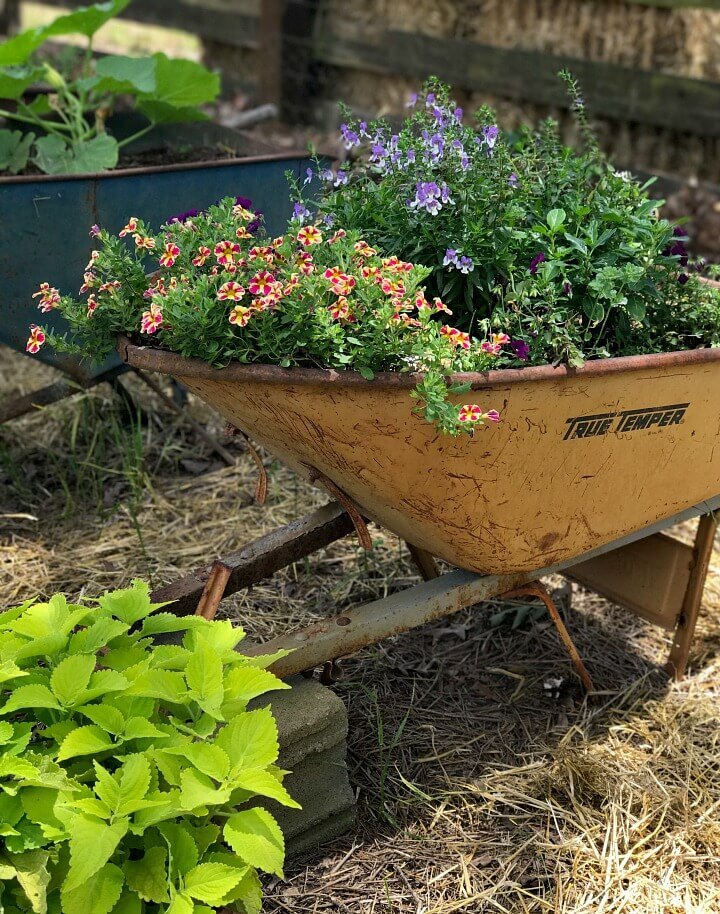
Why Home Compost
The hands down best way to build the health of your soil, and in turn your plants, is to use compost in your garden.
Making your own home compost will improve the heath and appearance of your landscape, save you money and keep waste out of landfills.
Compost improves the texture & structure of your soil, which in turn provides your plants with the slow release of vital nutrients. It also improves drainage and helps to minimize soil contaminants.
Food scraps & yard waste, key components of compost, make up 20 - 30 % of the waste stream headed to landfills. By using these ingredients to make home compost, you are keeping those items out of landfills. Nice job!
Composting is a win - win - win endeavor! And it is easy...
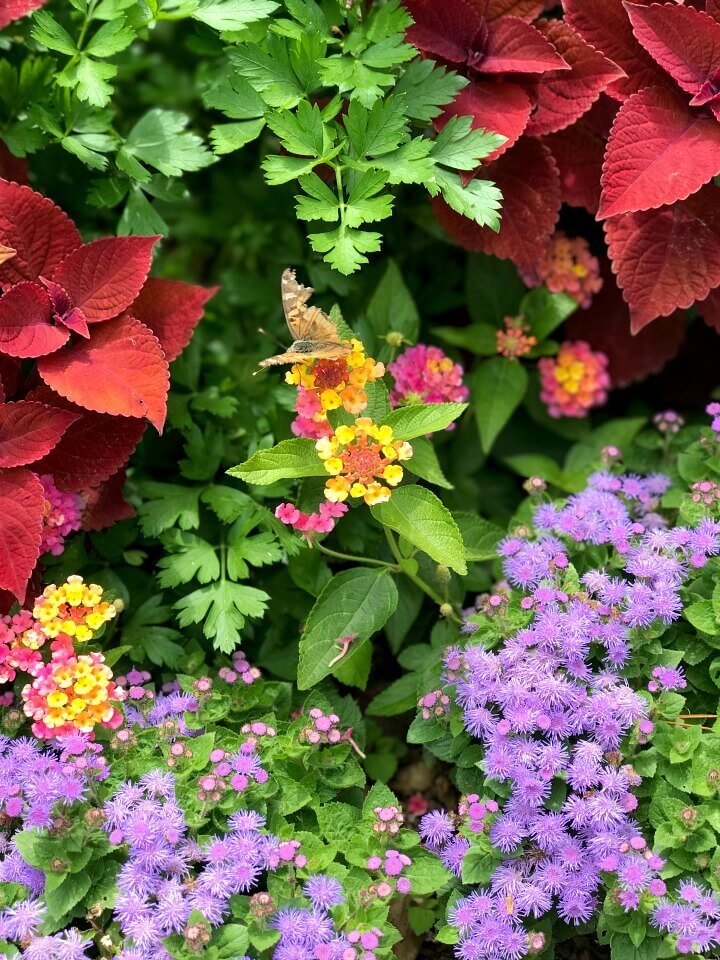
How to Make Home Compost
Compost is a mix of nitrogen, carbon, air & water. These 4 ingredients tossed together in a pile or enclosed bin are the start of your blue ribbon garden!
The nitrogen is referred to as 'green' waste and the carbon as 'brown' waste. Names loosely associated with the colors of these items.
The ratio for best results should be 1 part green to 2 parts carbon.
Common 'green' waste is:
veggie/salad scraps
fruit
coffee grinds
grass clippings
Common 'brown' waste is:
shredded paper/cardboard
leaves/twigs
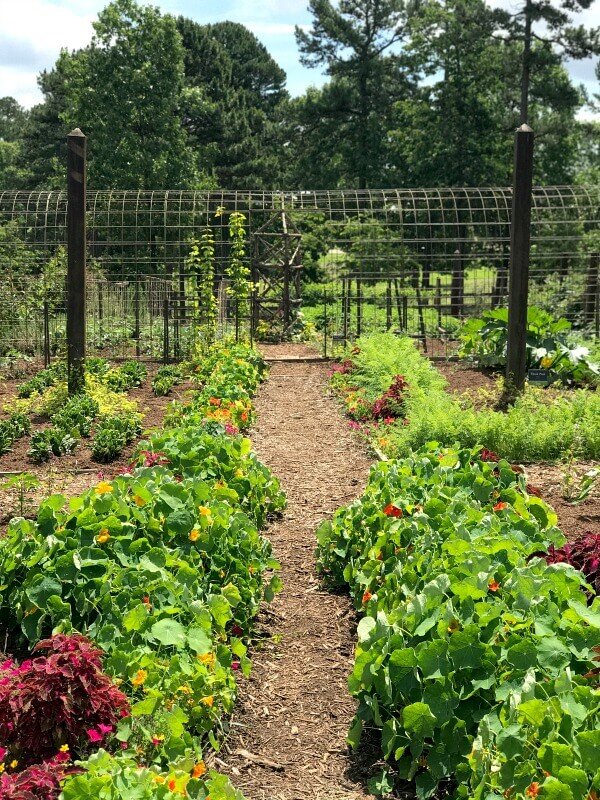
Once you have gathered enough green & brown ingredients put them in a pile or in an enclosed bin. The ideal size for efficient breakdown is one cubic yard - 3' x 3' x 3'.
Unless you have a very large yard, probably best to contain your compost in a bin. One that has a crank for turning the pile is a great idea. As you will have to 'turn' your composting ingredients once a week at least to help with the aeration.
There should be enough air to characterize the mixture as "fluffy" not flattened out.
The ideal amount of water renders the mixture similar to a wrung out sponge. As you can tell these measurements are not exact and need not be exact to have great results.
Keep the ratio about right and the consistency as close to a fluffy & damp sponge-like as possible. With the 4 ingredients in the right amount - 1 cubic yard, the decomposition will begin.
Your pile or bin will start to heat up and break down. A center temperature of 130 degrees is perfect. If you want to get an exact read on the temp, you can use a long stemmed thermometer. You can get a compost thermometer HERE.
The conditions being more or less as I described and you could have compost in as few as three - usually about six months.
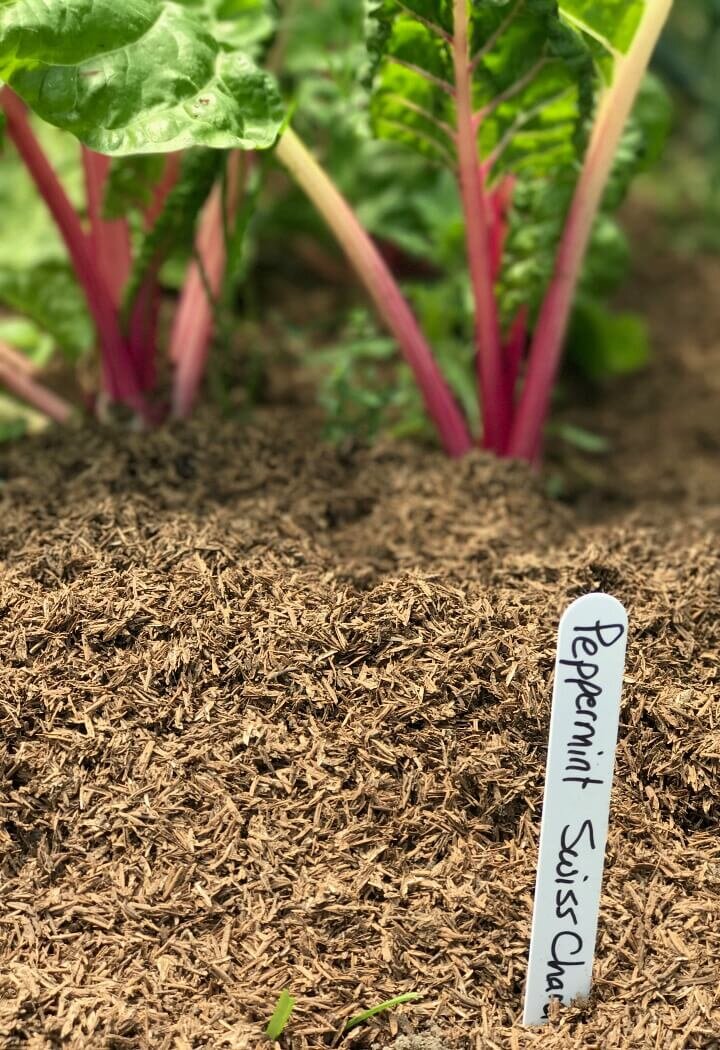
How do you know when your Home Compost is Ready
It won't happen over night, but one day you will peer into your pile or bin and you will not be able to identify ANY of the original ingredients. It will have a rich earthy smell and when you squeeze a bit in your hand, it will clump, but easily break apart.
WooHoo - you did it!!
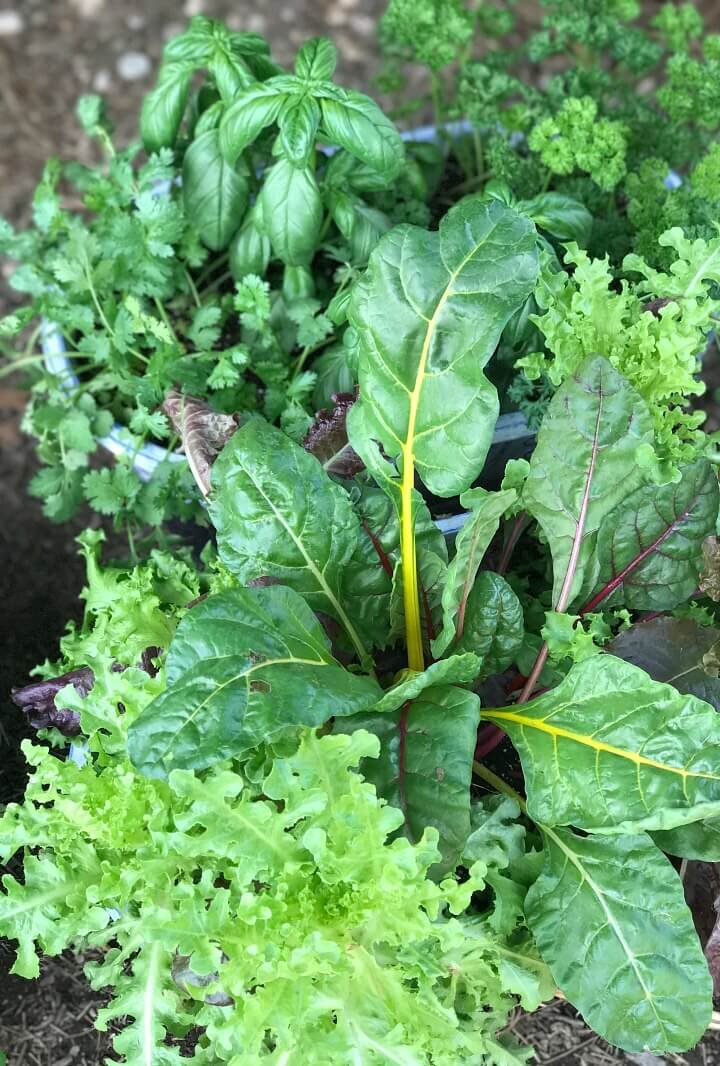
How to Use Home Compost
Anytime is a good time to use the garden gold you have created. That being said, some times give even more bang for your composting batch than others.
Mix your compost into the soil of a garden bed a few weeks before you plant to let the micro-organisms get rolling prior to settling in the plants.
If this is the first time you are adding compost to existing beds work several inches into the native soil.
If you have composted before, top dressing your landscape with a half to one & a half inches of compost is the perfect amendment.
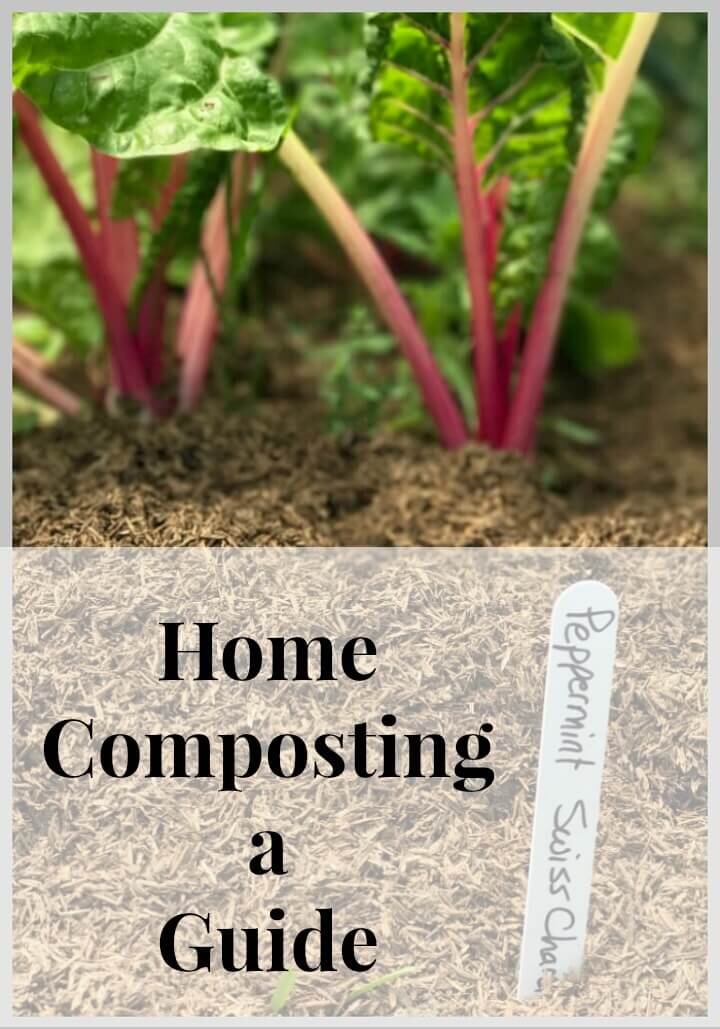
Did you know there is a US Council on Composting? Well, there is and the site has some great resources for each state regarding composting. Some places even give you bins! Have a look HERE.
Any of you already home composting? If so, what do you use a bin, pile...
Share your thoughts & tips. Hurry before the garden club shows up for a tour!
** Kelly **
p.s. I snapped all these images while visiting Moss Mountain Farm. Click HERE for a tour.
Affiliate links
I am a participant in the Amazon Services LLC Associates Program, an affiliate advertising program designed to provide a means for us to earn fees by linking to Amazon.com and affiliated sites. My participation does not incur you any additional costs.

